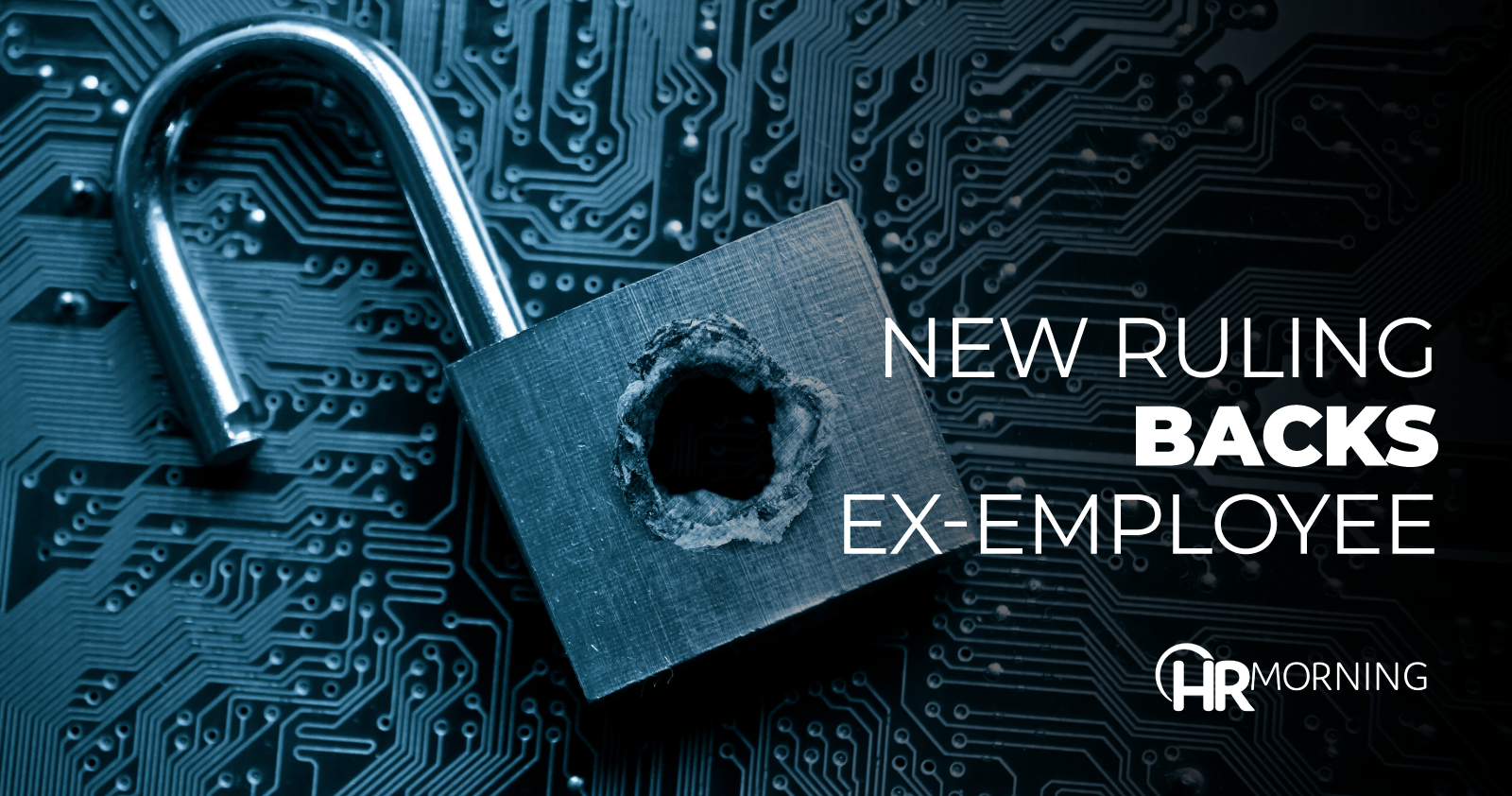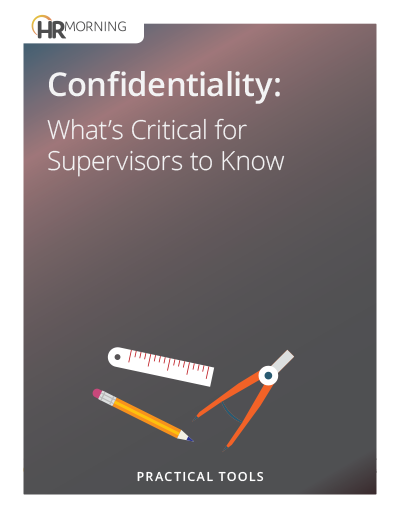30 employee handbook do's and don'ts from the NLRB
To help employers craft handbooks that don’t violate the National Labor Relations Act, the National Labor Relations Board has issued a compilation of rules it has found to be illegal — and rewritten them to illustrate how they can comply with the law.



